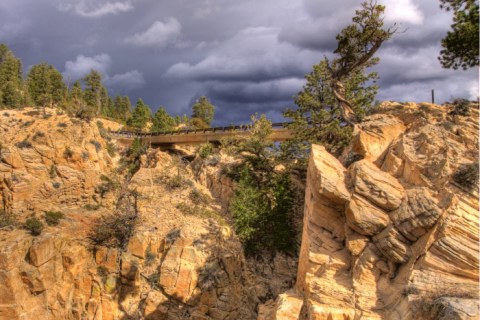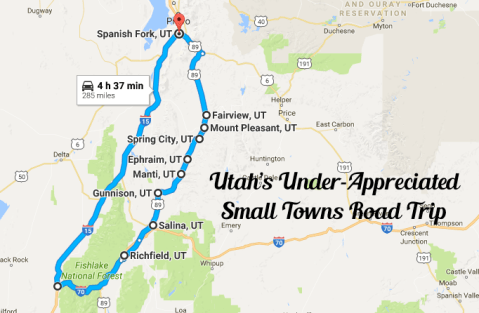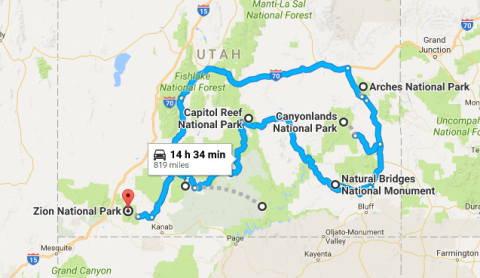This Haunting Road Trip Through Utah Ghost Towns Is One You Won’t Forget
When the weather is decent, it is the perfect time to explore the Beehive State. Why not take a ghost town road trip in Utah to see some of the remnants of our state’s Wild West history? These ten towns are perfect for exploring and photography…and a few of them might just send chills up your spine.
Utah is full of cool ghost towns, and we wanted to design a trip that you could reasonably do in 1-2 days, so this trip just covers some of the towns in southern Utah – we’ll create another ghost town road trip for the northern part of the state soon!
For the full road trip details, check out this Google map and route we’ve prepared for you.
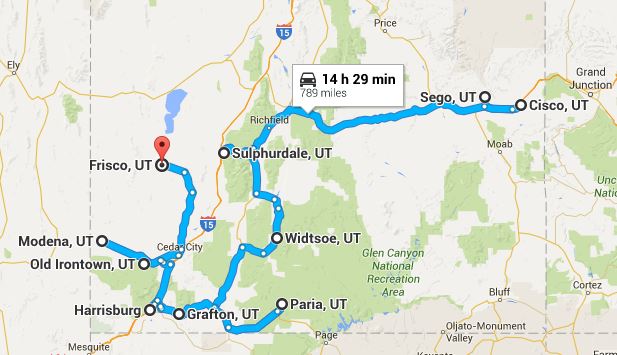
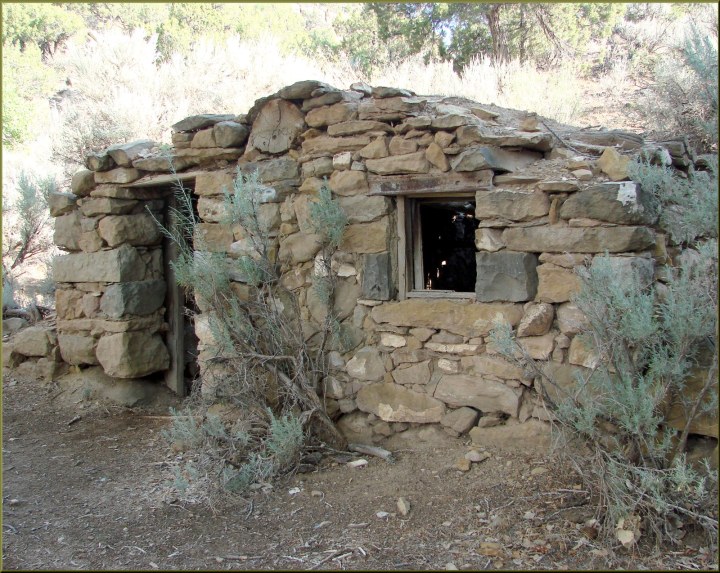
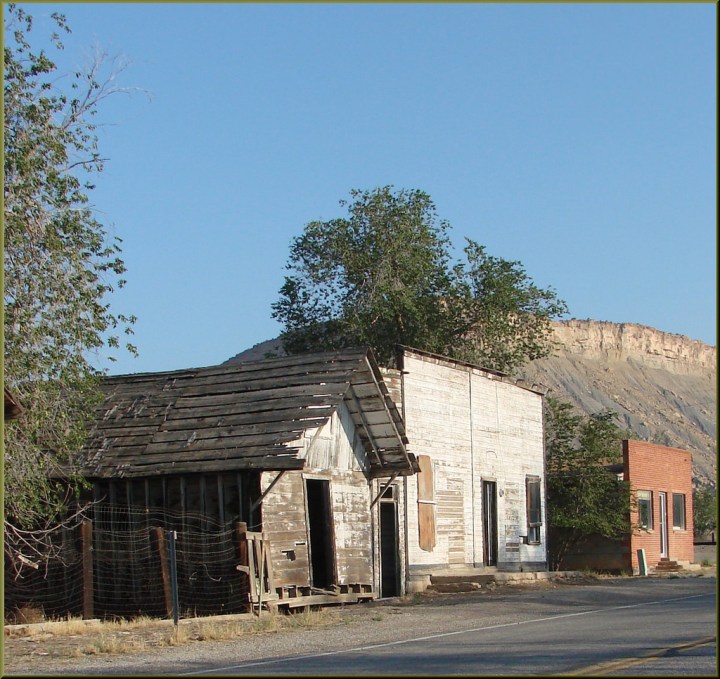
Read more about this abandoned town right here.

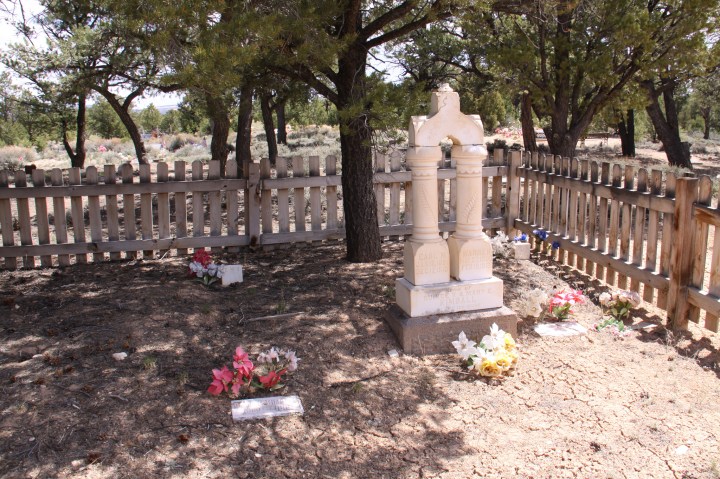
See why Widtsoe made our list of creepiest cemeteries in Utah.

When you visit, you'll see why the Grand Staircase-Escalante Monument, where Paria is located, was named one of the most beautiful places in Utah.

Read more about this abandoned town right here.

Read more about this abandoned town and the surrounding region right here.

Much of Modena is slowly being reclaimed by nature/a>.

Read more about this abandoned town right here.

Read more about this abandoned town right here.
Ready for another southern Utah road trip? This one is full of amazing views and vistas!
OnlyInYourState may earn compensation through affiliate links in this article. As an Amazon Associate, we earn from qualifying purchases.
More to Explore
ghost town road trip in Utah
What are the most haunted places in Utah?
Many places in Utah are said to be haunted by a paranormal presence. The Rio Grande Depot is just one of the places in Salt Lake City where strange happenings occur. At the This Is The Place Monument, the pink farmhouse is haunted by several spirits. Ann Eliza Webb was particularly unhappy with the Church and Young's teachings. Another spirit, Lucy Ann Decker, is said to be a bit more kind. There are haunted hotels in Utah, too - the Silver Fork Lodge at Brighton is one of the most haunted places in the state.
Can I visit any abandoned places in Utah?
Luckily, thanks to the Bureau of Land Management and National Parks Service, many of Utah's abandoned towns are open to visitors. While some may be tucked away in other monuments or regions - like Paria, in Grand Staircase-Escalante, many can also be found off the beaten path. If you head out to explore abandoned spots in Utah, be sure you're prepared with a plan and emergency supplies, and that you leave no trace of your visit.
What are the creepiest cemeteries in Utah?
One of the spookiest graveyards in the Beehive State is the Logan Cemetery. Visit at midnight during a full moon and you may see the Weeping Woman statue cry. Many of our ghost towns have eerie pioneer cemeteries, and the Ogden City Cemetery is haunted by the young spirit of Florence Grange. At the Aultorest Memorial Park, some graves stay warm all year long, and even snow melts off in the winter.


